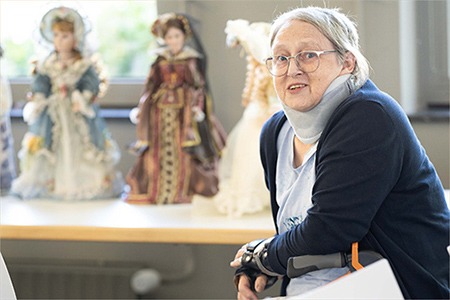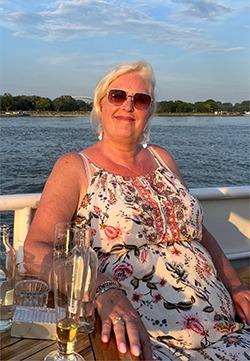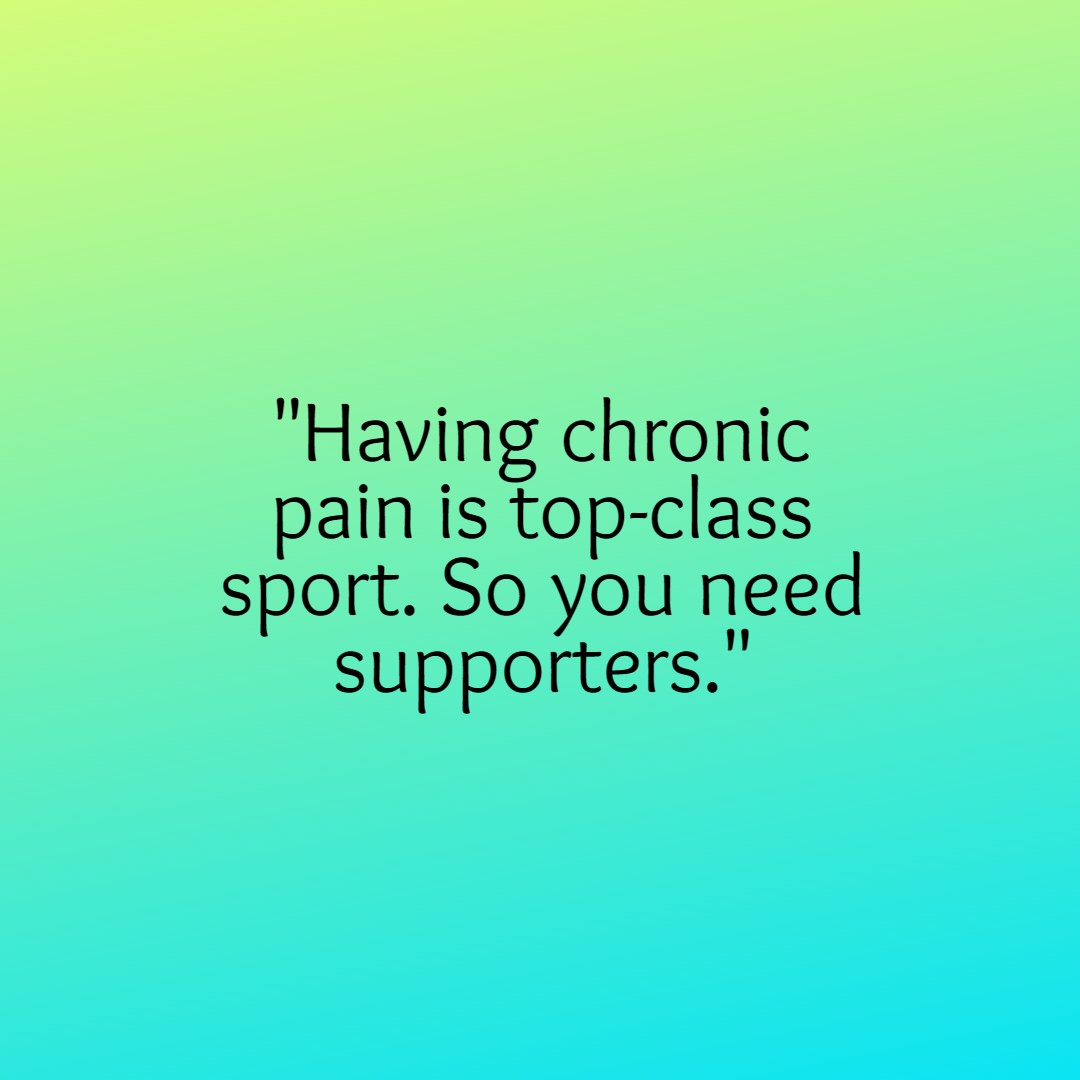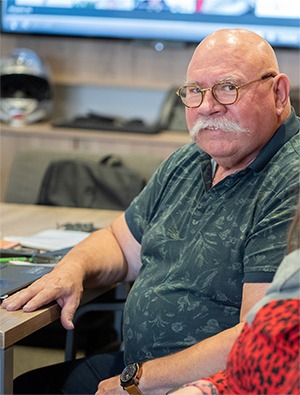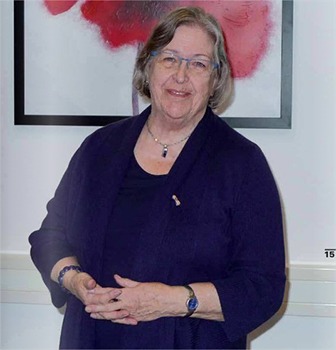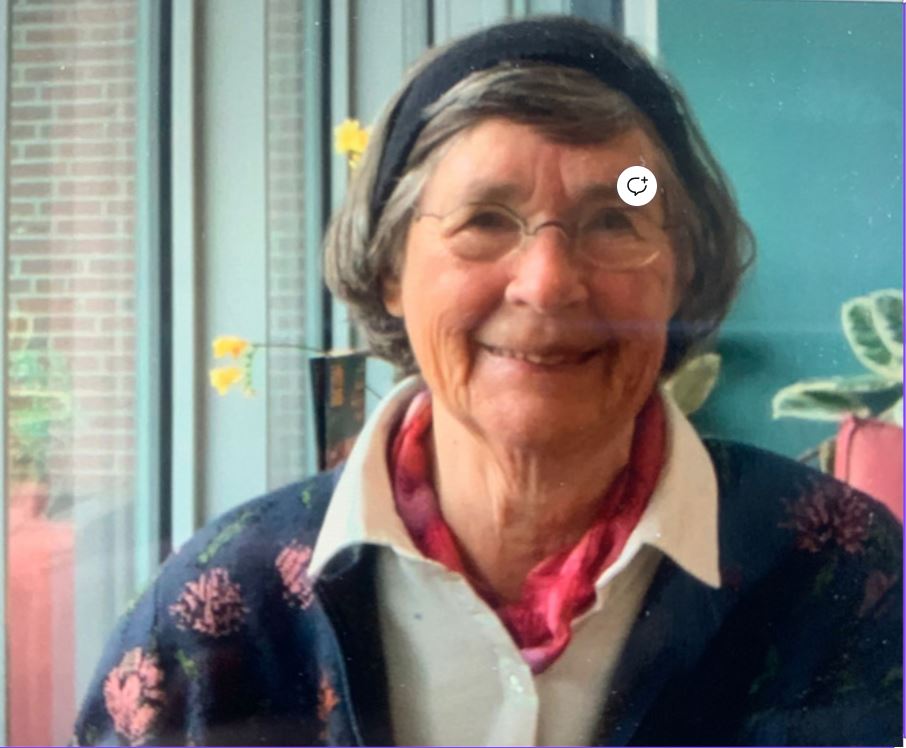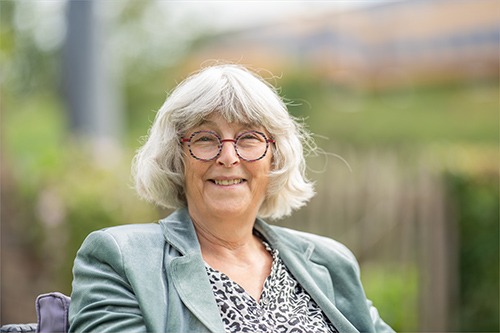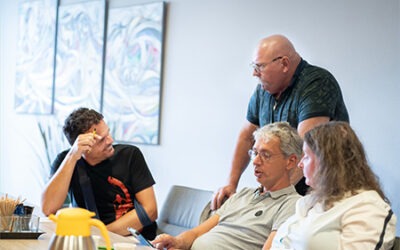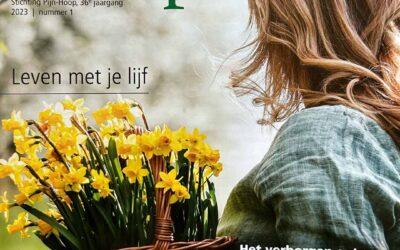Tijdens een trouwerij van 2 kaderleden bij de waterscouts op 2 april 1968 kreeg ik een gigantische harde klap met een roeispaan in mijn gezicht. Na de nodige operaties bleef ik last houden van aangezichtspijn, maar helaas ook van steeds meer nekklachten. Aangezien ik inmiddels uitbehandeld was, moest ik er maar mee zien te leven. Dat was makkelijker gezegd dan gedaan. Ik heb een onuitputtelijke lijst van artsen en medicijnen geconsulteerd en uitgeprobeerd maar niets hielp. Over de klachten in mijn nek kreeg ik steevast te horen dat ik de klap in mijn gezicht had gehad en niet in mijn nek, met andere woorden niet zeuren.
Met de pijn op zich zelf had ik naar mijn idee wel leren omgaan, maar dat niemand begreep dat ik steeds meer pijn in mijn nek had, bracht me vaak tot wanhoop. Toen kreeg ik in 1998 van mijn moeder een krantenartikeltje over Pijn-Hoop. Dat krantenberichtje heeft zeker 3 maanden in mijn portemonnee gezeten voor ik de moed had gevonden om eens naar een inloop te gaan.
Bij die inloop zaten verschillende mensen te wachten en ik werd met de minuut nerveuzer. Maar toen ik aan de beurt was, waren daar 2 mensen die direct begrepen dat ik helemaal niet zeurde of me aanstelde, maar werkelijk pijn had die niet meer wou overgaan. Ik werd uitgenodigd voor een ochtend van de contactbijeenkomst. Mijn aanwezigheid daar voelde werkelijk als een warme deken. In het najaar van 1998 ben ik naar de cursus geweest: “Leren leven met pijn”. Daar bleek dat ik nog best veel moest leren.
In 1999 ben ik naar de cursus “Putten uit eigen kracht” geweest. Van deze cursussen heb ik echt enorm veel opgestoken. Toen mij in 2001 werd gevraagd of ik kaderlid wilde worden van Pijn-Hoop, heb ik het een tijd lang niet aangedurfd. Begin 2002 ben ik langzaamaan toch overstag gegaan en inmiddels ben ik al 15 jaar kaderlid en organiseer ik samen met Anne Moen de contactbijeenkomst en de inloopspreekuren in Arnhem en Velp.
De kracht van een contactbijeenkomst is dat de lotgenoten zich begrepen en veilig voelen. Door het werken met een thema dat aanverwant is aan chronische pijn worden de problemen die samen gaan met chronische pijn veel beter, maar ook vaak makkelijker te bespreken. Het is voor iedereen herkenbaar en men erkent de problemen ook. De onderlinge band in de groep is heel sterk, waardoor we veel van elkaar leren en elkaar kunnen steunen. Vaak horen we van mensen die voor de eerste keer bij een lotgenotencontact aanwezig zijn geweest: “Had ik dit maar eerder geweten”, mezelf inbegrepen.
What I learned at Pijn-Hoop is: stay positive, enjoy the things that are still going well and don't grieve for what has passed. And start, or better said, at least try to enjoy the day ahead every morning.
Despite my balance problems, I can say that I am currently standing firmly, gratefully and happily on my feet in life. I am an optimist by nature and have learned that almost any difficult situation can be over or understood much more quickly if you look at it with humor. My grandmother always said: “When it rains misfortunes, use your smile as an umbrella.”
I'm actually always busy. However, I regularly have to make sure that I have to slow down my pace, otherwise things will go wrong. But distraction is the best remedy for chronic pain, it does not go away, but largely fades into the background and then you are busy with fun things and not with your pain.
I also provide information for the APCG (Arnhem Platform for the Chronically Ill and Disabled) (preferably at primary schools) about what life is like with a disability. My greatest passion is collecting and restoring porcelain dolls and then dressing them in historical clothing from the period 1500 to 1900; but I also enjoy working with my grandchildren.
Monique Düppen
